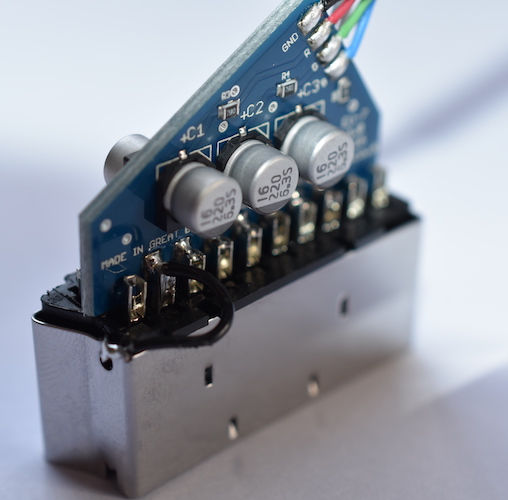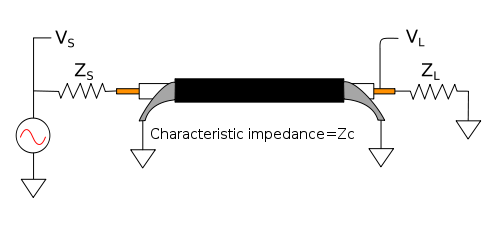retro_gaming_cables wrote:There is a big enough market for a few sellers, so its always good for customers to have a choice of sellers.
With regards to the dbgrafx booster topic on http://db-electronics.ca we now do our Genesis/Megadrive 2 cables like this (220uF caps on the r,g,b lines plus the 75ohm resistors)
So in theory this cable should now work with the dbgrafx booster, however, as we don't have a dbgrafx booster I am sending a cable off to Bob at RetroRGB.com for testing because he has one.
This is a poor design. You should place the 75 ohm series resistors inside the console end of the cable instead of the SCART end for a Mega Drive (Genesis) 1 or 2 SCART cable. There are three reasons for this.
1) It prevents signal reflections. The series resistor is supposed to set the source impedance of the transmission line. The idea is that both source and load (TV) have the same impedance and this reduces cable reflections. If you place the series resistor at the far end of the cable you effectively have a 0 ohm source impedance and a 150 ohm load. This may cause signal reflections (ringing) on sharp edge transitions.
2) It isolates the capacitive load of the cable. Here's a cable data sheet from Belden - 10 core shielded with each conductor being 0.23mm². I'd guess it's reasonably close to what you're using. It states the nominal capacitance between a conductor and shield is 180 pF/metre. That's a 360 pF load for a two metre cable. The reason this is bad is that high frequency (bandwidth), voltage feedback amplifiers generally have a very hard time driving capacitive loads. See the CXA1645 data sheet page 12 and the THS7374 data sheet page 24. Oscillation can can caused by as little as 30 pF of parasitic/stray capacitance. As it is, your cable could certainly cause oscillation in the video encoder RGB driver output under the right conditions.
3) I reduces video signal coupling into the audio (capacitively). See that cable data sheet again. Nominal capacitance from conductor to conductor is ~100 pF/m. As long as there is audio and video sharing the same cable there will be some capacitive coupling between the two. You can have the audio share the length of the cable with the video signals before the resistor or the signal after the resistor. The resistor decreases the amplitude of the video signal by half. Put simply, do you think it is better for the audio signal to share a cable with a big video signal or a little one?
I just tried an experiment to demonstrate this effect. I connected a 3m long, two conductor, shielded cable to the left audio and green video signals. At the console end I'm going to place both the series resistor, coupling capacitor and the termination resistor. The reason I place the termination resistor (which is normally inside the TV) at the console end is I want to measure noise from capacitive coupling only. If I place the termination resistor at the far end I will measure video coupled into the audio by capacitive coupling and + conducted ground coupling. I don't care about conducted ground coupling as it has nothing to do with the placement of the series resistor. The switch SW1 selected what signal will be shared with the audio signal. The video wire is cut right before it enters the PC sound card input.

Results ( .wav format, 30 seconds each, recording my MD2 with Street fighter 2 from power up)
SW1 Position 3 - The audio shares the cable with the video signal before the resistor.
SW1 Position 1 - The audio shares the cable with the video signal after the resistor.
SW1 Centre off - The audio shares the cable with a disconnected wire (control measurement).



